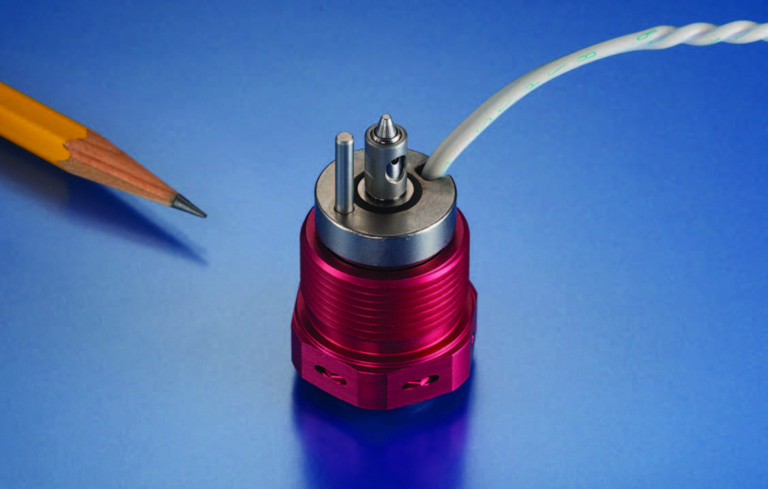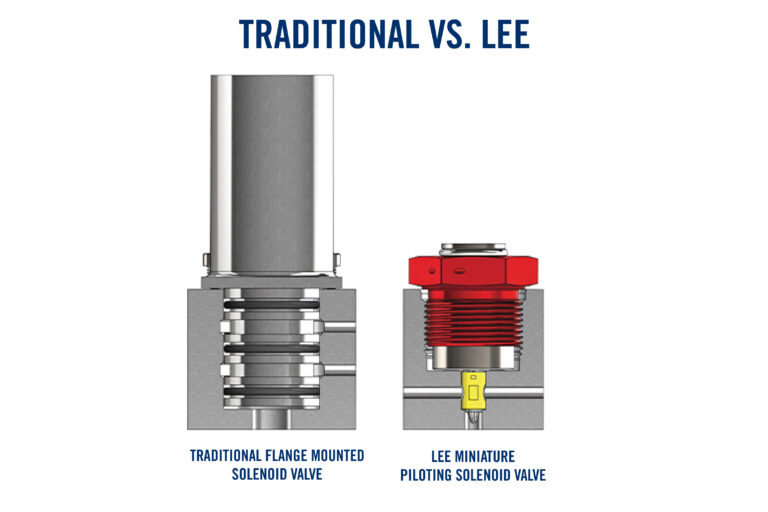Ice formation during flight poses significant challenges, impacting both costs and safety. On snowy winter days, de-icing trucks are a common sight at airports, ensuring aircraft surfaces are clear before take-off. Yet, the need for ice removal persists during flights, particularly when traveling at high speeds with visible moisture in the air. At temperatures below 50°F (10°C), ice can accumulate on critical surfaces such as wings, stabilizers, and engine intakes, affecting aerodynamics and adding extra weight.
To combat this issue, aircraft design engineers have turned to engine bleed air systems as a solution. Heat is generated by diverting some compressed air from the engine’s compressor section, significantly raising the air temperature. Anti-ice valves then direct this heated air to vulnerable surfaces, melting or dislodging any ice formation.
Engine bleed air systems are crucial in maintaining flight safety and efficiency, preventing ice accumulation, and ensuring smooth operations even in challenging weather conditions.
Solenoid valves play a crucial role in engine bleed air systems but face extreme temperatures and vibration challenges. To ensure optimal performance, system components must withstand high temperatures, with compressed air entering the system at temperatures between 650°F and 1,000°F (340°C – 540°C).
Before reaching the aircraft’s wings and tail, bleed air passes through a pre-cooler, reducing its temperature to between 400°F and 500°F (200 – 260°C). However, anti-ice valves used for engine intake may still encounter higher temperatures. Standard aerospace components are typically rated up to 265°F (130°C) and may fail under these conditions.
Large mechanical control valves, piloted by smaller solenoid valves, manage the transfer of large volumes of bleed air. While mechanical components can be made from metals designed for high temperatures, solenoid valves face additional complexities.
In addition to temperature challenges, engine vibration poses another issue. Components must withstand this vibration for the aircraft or engine’s lifespan, or overhaul schedules and associated costs must be considered.
Optimizing solenoid valves for engine bleed air systems involves addressing these challenges and ensuring reliable performance in demanding conditions.
When selecting a solenoid valve, an engineer must consider typical specifications, such as two-way vs. three-way porting, flow capacity, operating pressure range, and whether redundant coils are required for added reliability. For solenoid valve applications in the unique environments of engine bleed air systems, other requirements merit close consideration, including:
The Lee Company has developed a metallic MultiSeal® that is proven to eliminate bypass leakage and survive high-temperature environments in engine bleed air systems. The high-temperature rating of the seal reduces the need for cooling lines that would be required to use elastomeric O-ring seals. The MultiSeal technology simplifies port layout while offering significant space savings and higher reliability than traditional sealing methods. While the MultiSeal eliminates bypass leakage, the fluid control components of the solenoid valve provide low internal leakage – ideal for these pneumatic applications – with a highly reliable design protected by an integral safety screen and proven through extensive use in Lee check and shuttle valves. The internal components are also extremely small and lightweight, which helps eliminate performance issues related to vibration because vibration loads are proportional to the mass of the moving components. Lee valve designs are qualified to withstand vibration levels far exceeding those found on aircraft engines. The Lee Company’s innovative, compact, and efficient solenoid coil design provides fast response times (below 15 ms), low power consumption (less than 7.8 Watts), and lightweight (as low as 0.14 pounds).

Utilizing MultiSeal technology and an ultra-compact coil design, The Lee Company offers the smallest solenoid valves to the market. Lee products have performed for decades in systems designed for the harshest conditions, ranging from subsea oil wells to the depths of outer space, and have pedigree in every hydraulic, fuel, or pneumatic system critical to commercial or military aircraft performance. Lee solenoid valves are available in various configurations, including options for polymeric seals to reduce internal leakage, latching designs to reduce power consumption, triple coils for added reliability, and a wide range of envelopes.

Along with their use in anti-ice valves, Lee solenoid valves are ideal for many other engine bleed air systems functions. Instead of using anti-ice systems to heat the aircraft’s surfaces, smaller aircraft use de-icing systems with pneumatic control valves that inflate boots to break the ice. Aircraft bleed air is also used for cabin temperature and pressure control, engine start-up, and the pressurization of other fluidic systems. Emergency shut-off valves on air conditioning systems ensure that superheated air does not enter the airplane cabin. Bleed air valves control the RAM airflow into the pre-cooler. All large valves in these systems may be operated by piloting solenoid valves flowing high-temperature air with similar environmental and performance requirements.
Our global sales force of technical sales engineers is available to provide fast, accurate customer assistance and help you find the best solution for your fluid control challenge.
Always verify flow calculations by experiment.
*There are many parameters to consider when determining V-Factor. Click here for more information.
